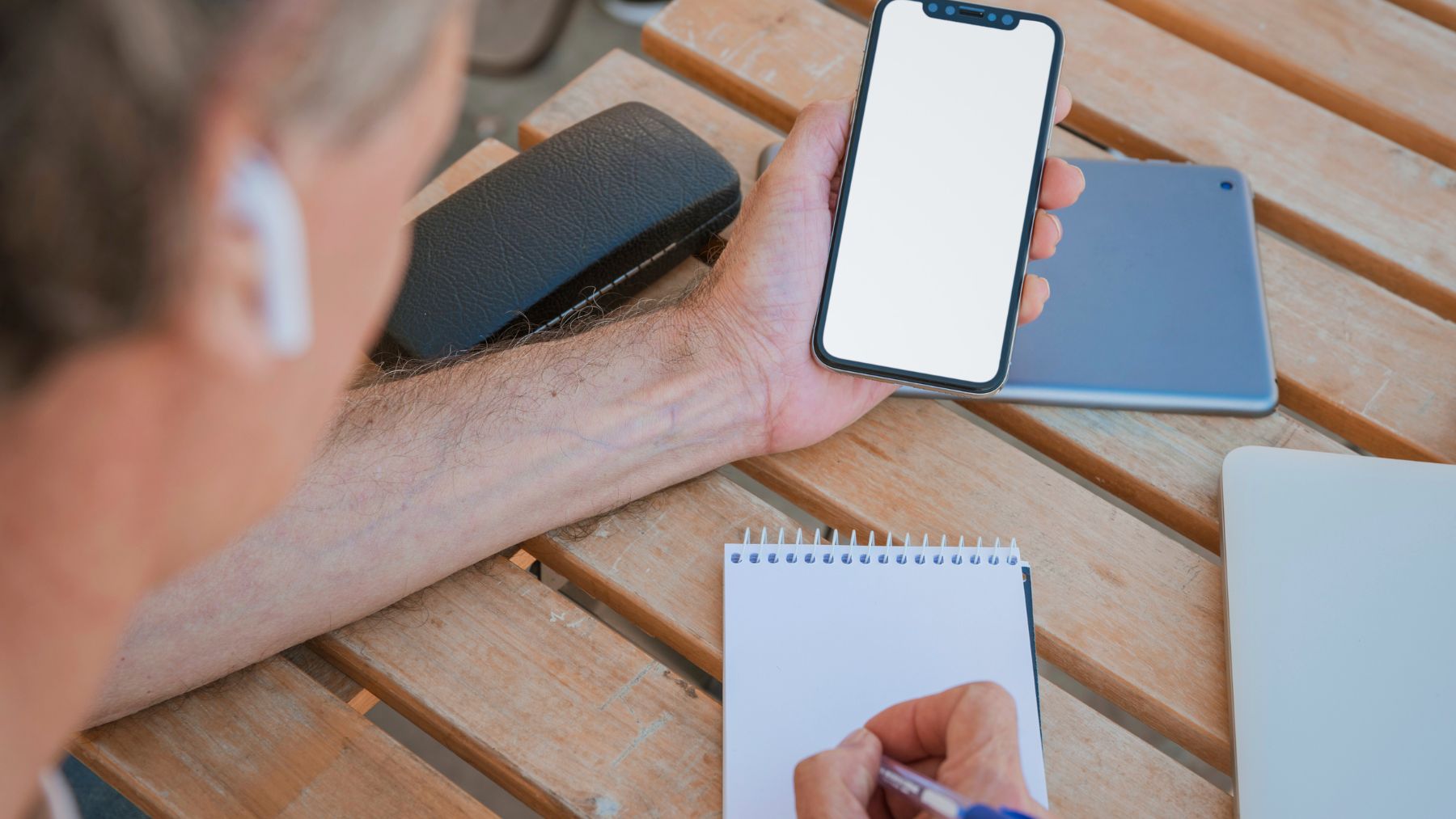Doodling while on a phone call can feel almost automatic, like a habitual action that occurs without conscious effort. Yet, these scribbles may hold valuable clues about your internal thought processes, emotional state, and cognitive functioning.
Here, we’ll explore five reasons why you might doodle during phone conversations based on psychology and how these doodles can be more than mere distractions. They are, in fact, small acts of self-expression that show the ongoing interplay between our conscious attention and subconscious impulses.
What does it mean to doodle while on the phone
Far from being trivial, this act reveals subtle aspects of your inner mental state. Whether you are in a meeting, on a long phone call, or simply processing information, drawing patterns may reflect your mood and even provide hints about your personality.
Emotional release
When you feel frustrated, anxious, or even bored during a conversation, your hand instinctively creates curves, stars, or random loops. These spontaneous marks can relieve emotional tension by allowing you to channel stress in a non-verbal way. For example, jagged lines might reflect agitation or nervousness, while smooth, rounded shapes could suggest a state of calm.
Boosts concentration
Doodling has been found to enhance focus rather than detract from it. While listening on a long phone call, your brain manages two simultaneous tasks: processing auditory information and drawing. This dual processing can help anchor your attention, preventing cognitive drift and allowing you to retain more details from the conversation. Research in applied cognitive psychology indicates that this can improve memory retention.
Personality clues
The style and intricacy of the doodles can offer subtle insights into your personality. Bold, sweeping strokes may imply a confident and assertive nature, while small, meticulous patterns might suggest a detail-oriented mind. Many personality assessments and creative expression studies note that recurring doodle patterns may even hint at personal values, artistic inclinations, and problem-solving approaches.
Subconscious signals
Recurring themes and repeated symbols in your doodles can act as messages from your subconscious. Perhaps you often sketch clocks when you worry about deadlines, or repeatedly draw ladders when contemplating progress and change. Such motifs are not typically planned consciously but can reveal hidden preoccupations or aspirations. By observing the recurrent patterns in your sketches, you may find that they serve as cues, prompting you to reflect on what is occupying your mind.
Stress relief
The rhythmic, repetitive motions associated with drawing can help calm the nervous system. Engaging in this low-level physical activity during a tense phone call can lower your heart rate and facilitate a more relaxed state of mind. This process not only makes the conversation feel more manageable but also contributes to an overall sense of emotional balance.
The next time you catch yourself doodling during a phone call, pause and consider the meaning behind your marks on paper. Instead of dismissing them as mere distractions, view them as an opportunity for self-reflection and insight into your mental state. Try keeping a doodle journal, where you record your sketches alongside notes about the conversation topics and your emotional impressions during the call. Over weeks or months, patterns may emerge that reveal consistent themes about your focus, mood, or even underlying anxieties and aspirations.
